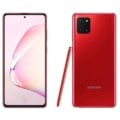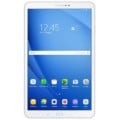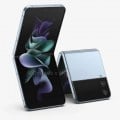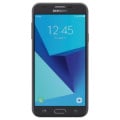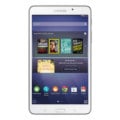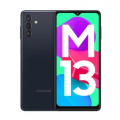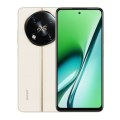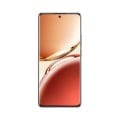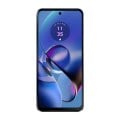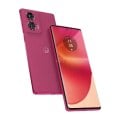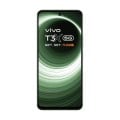Samsung Galaxy A04e
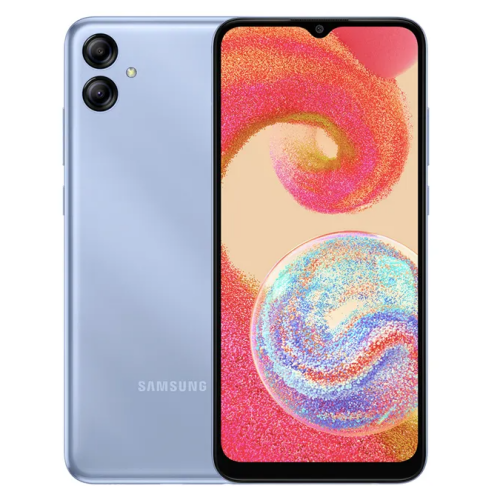

-
Processor:
-
RAM: 3 GB, 4 GB
-
Storage: 32 GB, 64 GB, 128 GB
-
Display: 6.5 inches
-
Camera: Dual Camera
-
Battery: Li-Po 5000 mAh
Samsung Galaxy A04e - PRICE
-
 4GB 128GB
₹10,499
4GB 128GB
₹10,499
View Offer -
 3GB 64GB
₹9,890
3GB 64GB
₹9,890
View Offer
Samsung Galaxy A04e has been officially announced on Oct. 21, 2022.
The smartphone is packed with 3 GB, 4 GB RAM with 32 GB, 64 GB, 128 GB internal storage. The device runs on the Android 12 + One UI 4.1 operating system. It features Bluetooth 5.0, GPS and USB. It is fueled with a Li-Po 5000 mAh battery.
Samsung Galaxy A04e features a 6.5 inches PLS LCD display that has a 720 x 1600 pixels resolution. The device comes in various colors including Black, Copper, and Blue. The device supports Dual SIM and it is built with a glass front, plastic back, and plastic frame. It features a dual camera: 13 MP (wide) + 2 MP (depth) while on the front there is an 5 MP camera.
The smartphone is powered by an octa-core processor. The dimension of the device is 164.2 x 75.9 x 9.1 mm and it weighs 188 grams. For the latest phones and tablets, check out giztop.com and get the best deals, coupons, offers, comparisons, reviews, and more!
Samsung Galaxy A04e - SPECIFICATIONS
General
-
ModelSamsung Galaxy A04e
-
ReleasedOctober 2022
-
StatusAvailable
Design
-
Type Design Type called form factor refers to a mobile phone's size, shape, and style as well as the layout and position of major components of phone. There are three major form factors seen in mobile phones => bar phones, folding phones and sliding phones.Bar
-
Dimensions164.2 x 75.9 x 9.1 mm
-
Weight188 Grams
-
WaterproofNo
Display
-
Display Type Display Technology => A number of display technologies and types used in mobile phones => TFT (Thin Film Transistor), IPS (In-Place Switching), OLED (Organic Light Emitting Diode), AMOLED (Active-Matrix Organic Light-Emitting Diode), Super AMOLED (an even advanced version of AMOLED), Resistive Touchscreen (Resistive touchscreens contain two layer of conductive material with a very small gap between them which acts as a resistance), Capacitive Touchsceen (Capacitive touchscreen technology consists of a layer of glass coated with a transparent conductor)PLS LCD
-
Size6.5 inches
-
Resolution720 x 1600 pixels
-
Pixel Density Pixel Density (PPI) is refers to the concentration of pixels on a particular display, measured in pixels per inch (ppi). Pixel density is calculated by dividing the diagonal pixel resolution of a display by its diagonal size, higher pixel density better display quality.~270 ppi density
-
Touch ScreenYes
Hardware
-
CPU The main chipset of the device.Octa-core
-
RAM (Memory) RAM (Random Access Memory) is a type of computer memory that can be accessed randomly, any byte of memory can be accessed without touching the preceding bytes that allows information to be stored and accessed quickly from random locations. RAM is the most common type of memory found in computer systems, smartphones, tablets and other electronic devices.3 GB, 4 GB
-
Internal Storage Internal Storage is a data storage space (flash memory) mostly used in smartphones, tablets and other electronic devices where operating system, apps, music, photos, videos, files and other user data Is stored.32 GB, 64 GB, 128 GB
-
Memory Card Slot Memory Card Slot is a special slot for inserting a memory card. Memory cards allow you to expand the phone's built-in memory, A memory card (sometimes called a flash memory card or a storage card) is a small storage medium used to store data such as text, pictures, audio, and video, for use on small, portable or remote computing devices such as mobile phones, mp3 players, digital cameras.microSDXC (dedicated slot)
-
Sensors Sensors are electronic components that detects and responds to some type of input from the physical environment. The specific input could be light, heat, motion, moisture, pressure and location, The output is generally a signal that is converted to use in computing systems, a location sensor, such as a GPS receiver is able to detect current location of your electronic device.Accelerometer, proximity
Software
-
Operating System OS => Every computer system run on a base software called Operating System (OS). Operating System controls all basic operations of the computer (such as smartphone, PDAs, tablet computers and other handheld devices). The Operating System allows the user to install and run third party applications (apps), apps are used to add new functionality to the device.Android 12
-
User Interface UI or user interface of a device is the look and feel of the on-screen menu system. How it works, its color scheme, how it responds to button presses, all of these things are part of the user interface.One UI Core 4.1
Camera
-
Rear Camera Camera is able to capture photographs and usually videos, The most important characteristics of a camera are the resolution (measured in megapixels), lens focus type (fixed or automatic), higher megapixel cameras are known to capture higher quality photos, but not always a good measurement of the photos quality.13 MP (wide) + 2 MP (depth)
-
Image1080p
-
Video1080p@30fps
-
Flash Flash Light => There is commonly two types of flash lights are used in camera mobile phones, LED Flash (LED flash offers lower power consumption with drive circuitry that takes up very little room, LEDs can be strobed faster than any other light source), Xenon Flash (xenon flash produces an extremely intense full-spectrum white light for a very short duration)Yes
-
Front Camera5 MP
Network
-
SIM SIM (Subscriber Identity Module) is a small card that contains mobile network subscriber's account information. This allows the phone using the card to attach to a mobile network. The SIM card is most commonly associated with GSM and UMTS mobile networks. Moving a SIM card from one phone to another allows a subscriber to switch mobile phones without having to contact their mobile network carrier. SIM cards can also be used by a phone to store limited amounts of data, such as phone numbers and text messages.Nano SIM
-
Dual SIMYes
Connectivity
-
Wi-fi Wi-Fi is a popular wireless networking technology using radio waves to provide high-speed network connections that allows devices to communicate without cords or cables, Wi-Fi is increasingly becoming the preferred mode of internet connectivity all over the world.Wi-Fi 802.11 b/g/n, hotspot
-
USBYes
-
NFC NFC (Near field communication) is a set of standards for smartphones and similar devices to establish peer-to-peer radio communications with each other by touching them together or bringing them into proximity, usually no more than a few inches.No
-
Wireless Charging Wireless Charging (Inductive Charging) uses an electromagnetic field to transfer energy between two objects. This is usually done with a charging station. Energy is sent through an inductive coupling to an electrical device, which can then use that energy to charge batteries or run the device.No
-
Headphone JackYes
Battery
-
Capacity Battery CapacityLi-Po 5000 mAh
-
PlacementNon-removable
Media
-
Video PlaybackYes
-
Video OutYes
-
FM RadioUnspecified
-
Ring TonesYes
-
LoudspeakerYes
-
HandsfreeYes
Data
-
4G LTE 4G LTE bandsLTE
-
5G NR BandsNo
-
SpeedHSPA, LTE

